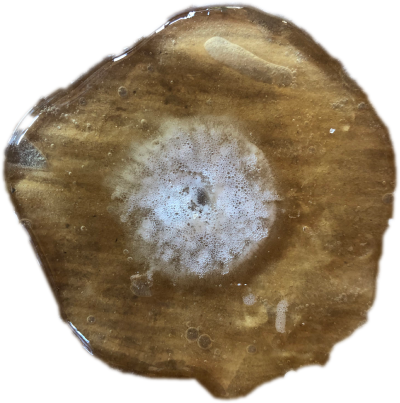Build like a Shell
BackIn the Self-Organizing Matter lab at AMOLF I find all the things I need to work on my micro-scale Interactive Building Experiments, which are part of my UvA-IAS ArtScience fellowship.
As life is inherently chemical, I study primordial soups and observe the growth and decay of architectural structures and strange landscapes emerging within these mineral-organic liquids. I play with the transformations of (life-like) blobs, studying the boundaries that create insides within outsides. Various microscopes at AMOLF allow me to enlarge and study these microscopic realms.
Next recommended article:
